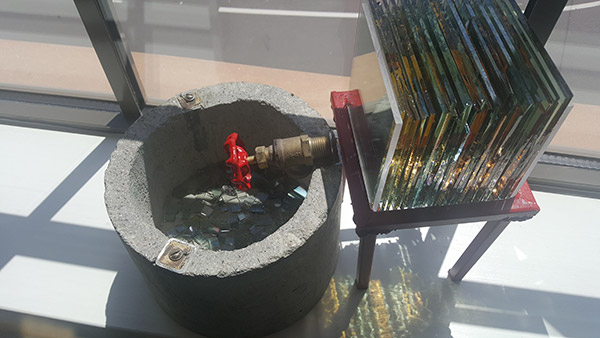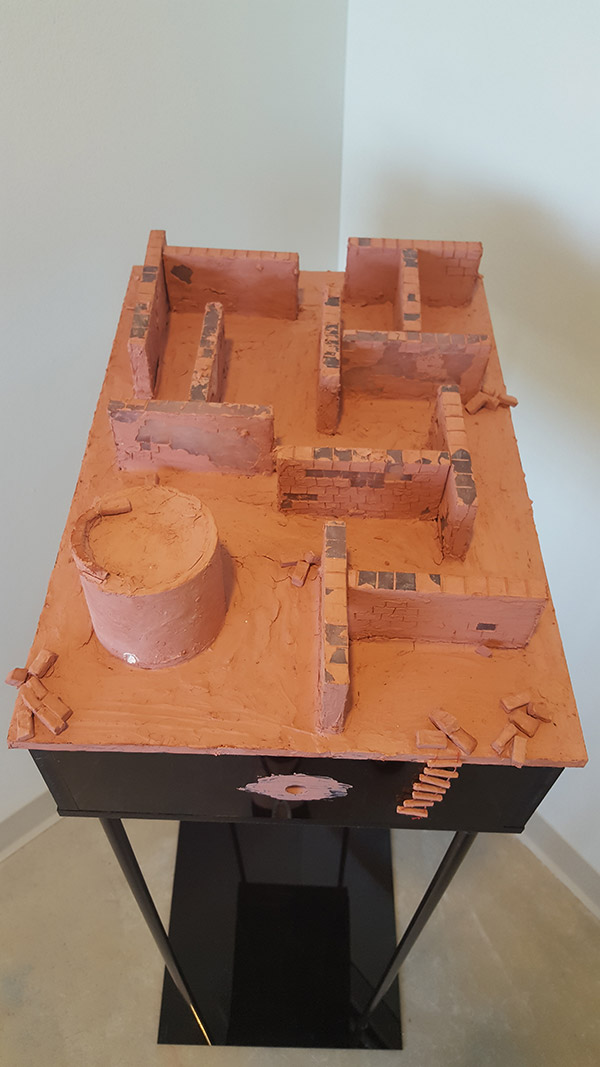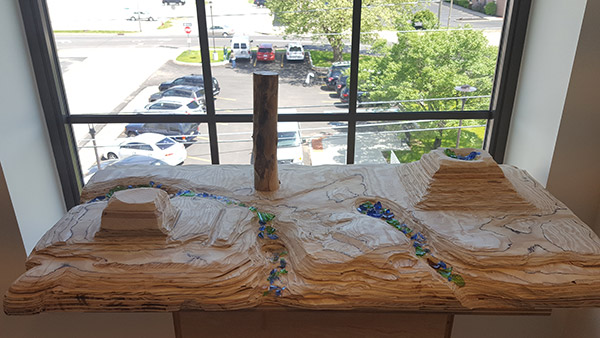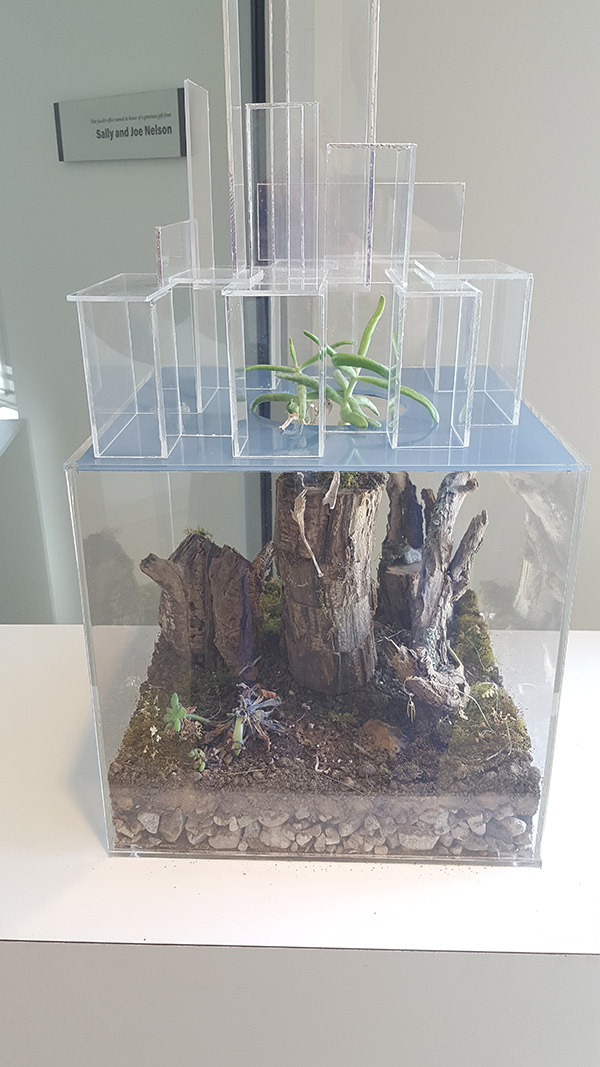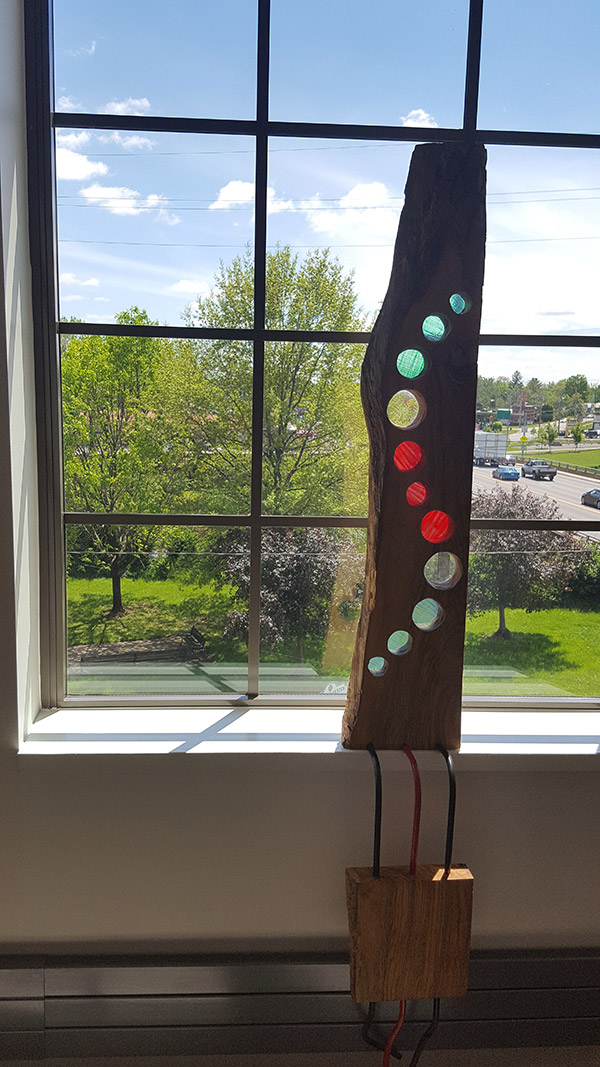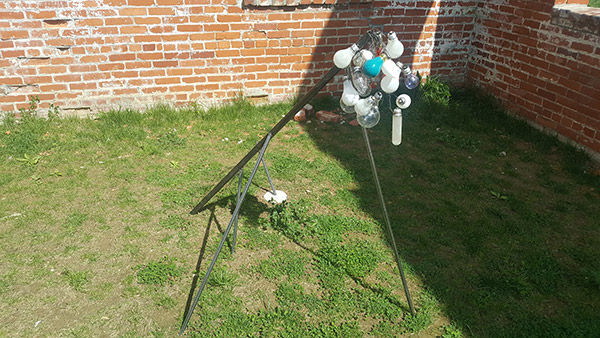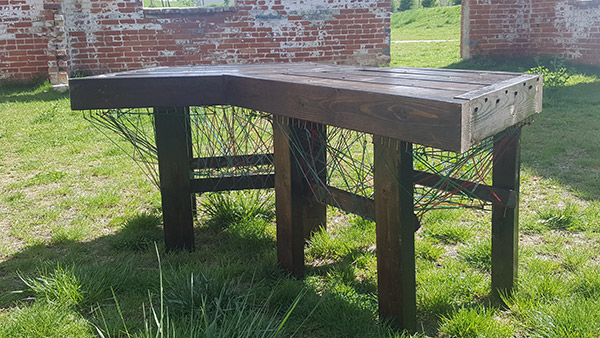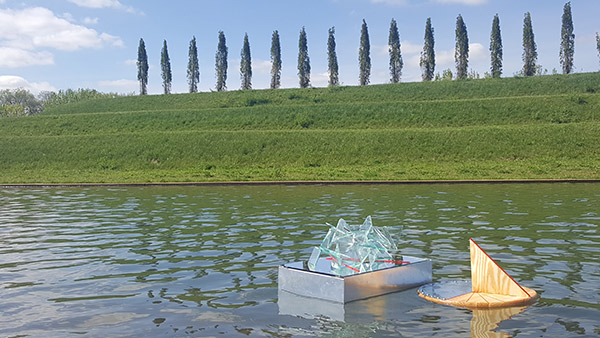While cities across the nation benefit from the cultural revitalization that urban parks can bring, Ariel-Foundation Park is distinct in its kind. This is due in part to the rich history and rural location of Mount Vernon. The culture of the city has deep roots in its agricultural and industrial past, and Ariel-Foundation Park was built in honor of this history. The construction of Ariel-Foundation Park has the potential to revitalize the community, attract businesses, improve property values, and increase access to health and wellness opportunities.
After the glass factory’s closing in 1976, the property was rarely used except as a storage facility and housing for a few businesses. With time and a lack of use, the buildings began to deteriorate and the property became an eyesore, attracting crime and trouble. In 2000, the Community Foundation of Mount Vernon & Knox County bought the former Goodwin Sand and Gravel site of 86 acres to create the secluded Foundation Park. In 2009, the Foundation Park Conservancy (FPC) formed “to establish and execute a vision for the Park.” Two years later, former Jeld-Wen executive Ted Schnormeier of Knox County offered to direct the transformation of the area with the help of landscape architect and sculptor Bob Stoviceck of Vermillion, Ohio. With generous donations from the Ariel Corporation and the Community Foundation, the former Pittsburgh Plate Glass (PPG) site was added, nearly doubling the acreage of the Park and transforming it into what we now call Ariel-Foundation Park. Meant to be a public facility owned by the City of Mount Vernon, the entire operation was enacted with only the use of private funds and local contractors, allowing for more efficient and economically sustainable construction.
While one might not immediately compare the City of Mount Vernon to Chicago or New York, Ariel-Foundation Park was created with goals similar to those of bigger cities in mind: to revitalize the area and put it on the nation’s map. One competing design had its authorship in the same firm that created the renowned High Line in lower Manhattan. Though Ariel-Foundation Park ended up realizing its own creative design locally, the examination of successes and failures of other cultural revitalization projects helps to place this park in comparison.
Both Ariel-Foundation Park’s nearness to downtown Mount Vernon and its vast expanse of green space add to the park’s value to the community. Studies show that well-designed urban parks help to reduce violence, improve overall health, and revitalize communities. In frequenting safe gathering spaces, neighborhood members form strong social ties and improve community relationships. In providing walking paths, along with resting and meeting places in such close proximity to downtown Mount Vernon, Ariel-Foundation Park has the potential to improve business as well as attract investment to the area. Improved property values improve neighborhood safety, and access to nature and space for relaxation and exercise promotes healthy lifestyles, relieving mental fatigue and reducing aggression.
With the many benefits that such revitalization projects provide, many projects also encounter difficulties. The development of a neighborhood can raise property values to the point of pushing lower-income community members out of their homes and neighborhood. This common, though unfortunate symptom of many development projects is known as gentrification. It is crucial that community development projects consider the community’s voice in planning and design to prevent this. Incorporating a park in conjunction with the broader community and its needs is important.
As a cultural-revitalization project, Ariel-Foundation Park is unique in that it leads its own legacy. Through the use of salvaged PPG glass to the factory’s old steel skeleton, the park allows industrial materials to stand as a memorial to its past. The Coxey Building Ruins pay homage to the founders of industry in Mount Vernon and the city’s rich history. Mount Vernon has historically strived to connect the rural and agricultural to the urban and industrial. With the park’s proximity to downtown Mount Vernon, Ariel-Foundation Park today connects its past to its future.

